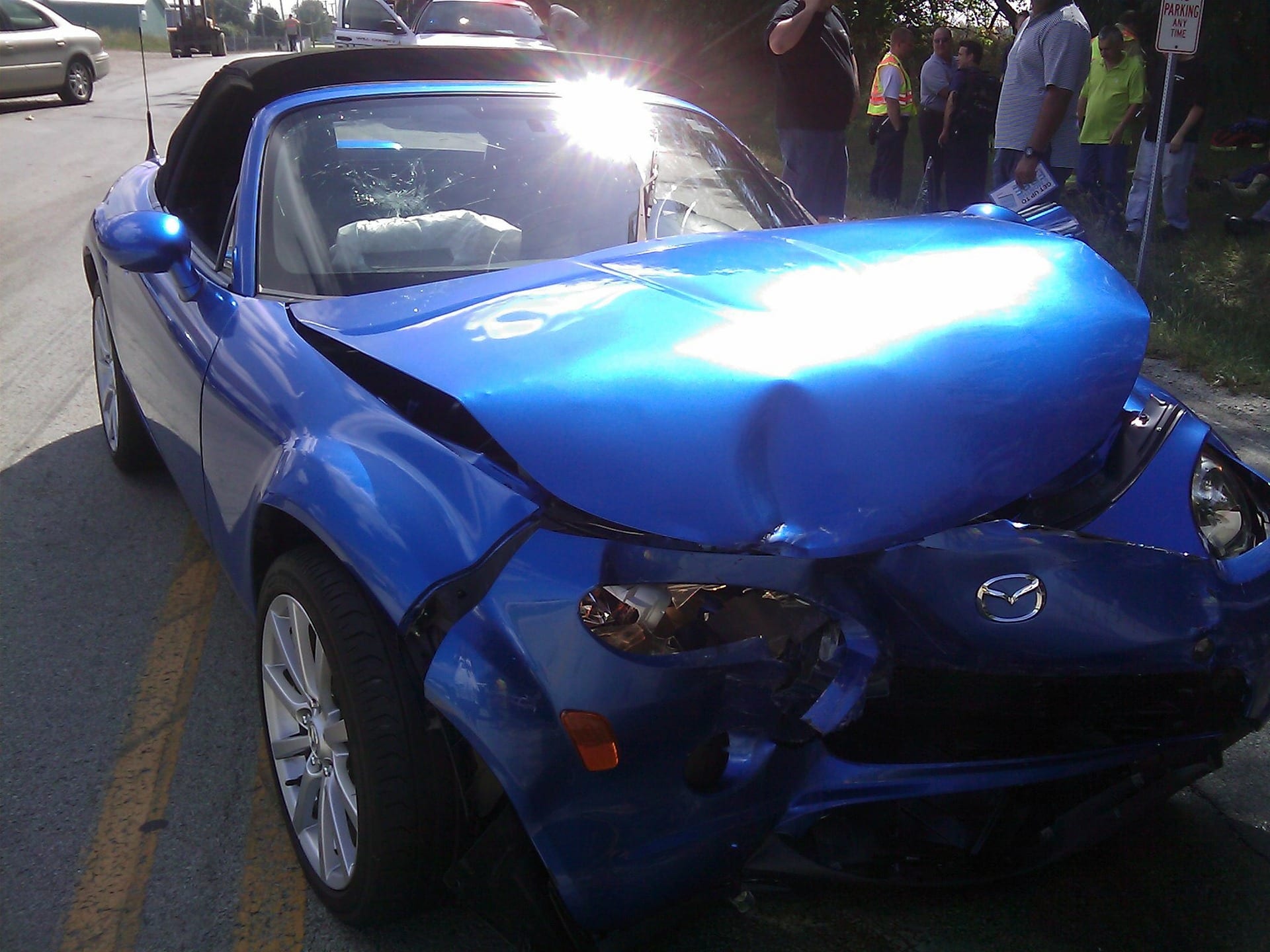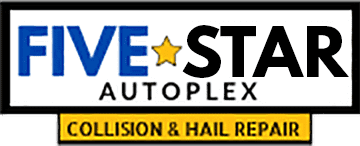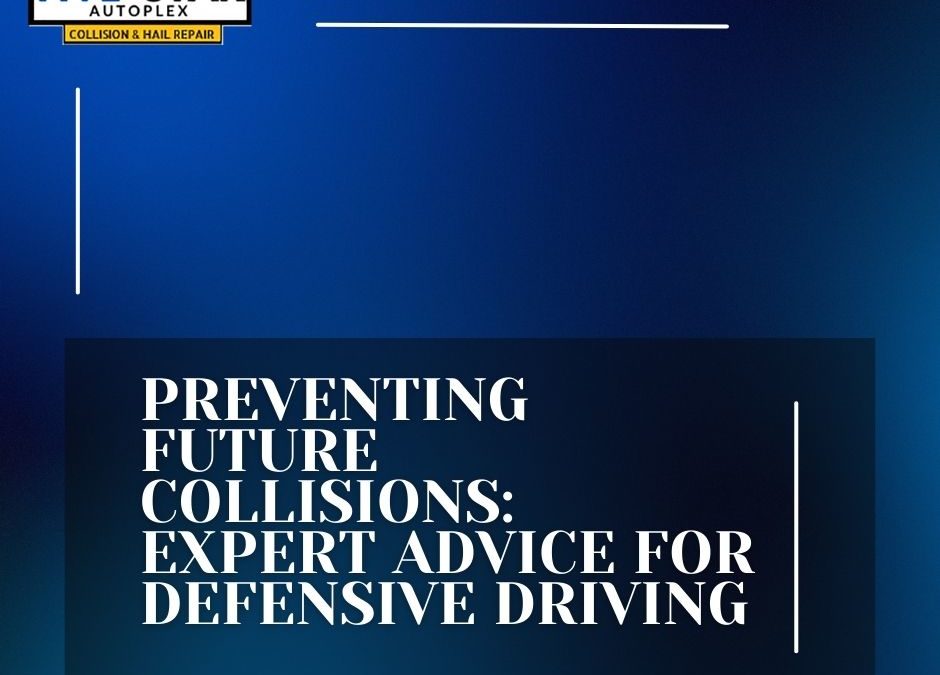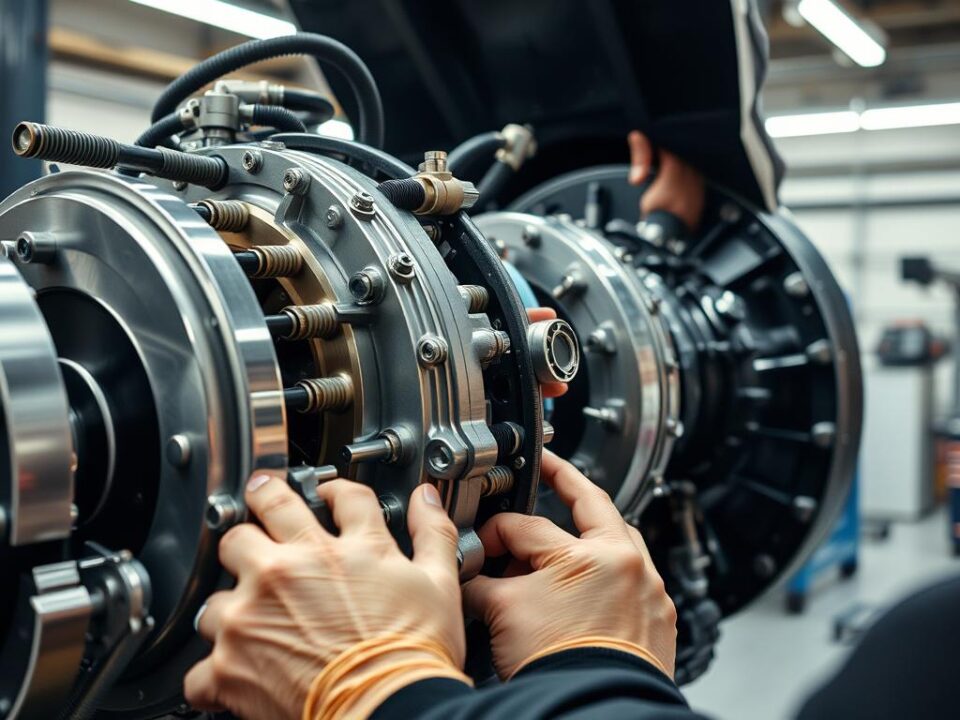
Top 10 Most Common Types of Collision Damage We Repair at 5 Star Autoplex

The Environmental Impact of Collision Repair and Our Commitment to Sustainability
Defensive driving can help avoid many collisions by simply being aware of other drivers, anticipating hazards and leaving enough distance between your car and any vehicles ahead.
Adjusting to adverse weather conditions such as rain, fog or snow requires you to adapt your driving accordingly.
1. Look 10 Seconds Ahead
Defensive driving relies heavily on anticipating other drivers’ mistakes – not always an easy feat – in order to reduce collision risk and anxiety behind the wheel.
Many drivers assume they can trust other drivers to follow all traffic rules, but this can be dangerously misleading. Statistics reveal that most traffic accidents result from human errors.
To reduce the chance of an accident, it’s essential that drivers look 10 seconds ahead when driving. This allows you to see if the vehicle ahead of you is slowing or stopping and gives ample time for responding appropriately. Furthermore, regularly check mirrors as well as remaining vigilant against other cars, pedestrians, animals or road signs is advisable for your own safety.
2. Keep Your Eyes on the Road
Defensive driving requires drivers to remain aware of their environment at all times. Being able to recognize potential hazards before they lead to collisions can save money (from traffic tickets and fines to demerit points on your license and higher insurance premiums; as well as more serious damages to both yourself and other passengers in your vehicle).
Four out of every 10 crashes involve someone following too closely, known as tailgating. Defensive drivers who build space between themselves and the car in front of them allow themselves the option of stopping safely should the person ahead brake unexpectedly.
Drivers must also remain cognizant of their vehicle’s blind spots, periodically looking over 20-30 seconds behind them with regular glances in their mirrors and scanning road conditions 20-30 seconds back in order to detect potential hazards before they become too close for comfort and cause an upsetting and adrenaline-fuelled response.
3. Stay in Your Lane
An effective defensive driver constantly scans the roadway in search of any conditions that increase risk, including blind curves, slippery surfaces and slow-moving trucks. They must anticipate what other drivers might do and anticipate what could potentially be an accident scenario.
People driving aggressively or erratically may veer into your lane without warning, turn left without signaling first, run red lights without stopping first and ignore pedestrians; or they could start dozing off while driving – an action which has proven fatal in numerous instances.
Defensive drivers know to leave extra space between themselves and the vehicle in front of them in order to provide time for sudden stops by the car in front. Furthermore, it’s wise to scout around intersections before entering so as to know if another driver may run red lights; then prepare accordingly. Finally, always ensure other drivers can see you by keeping your headlights on and frequently inspecting mirrors.
4. Don’t Be Afraid to Brake
Drivers often fear applying the brakes if they believe another driver caused the collision; however, defensive driving involves knowing and accepting that mistakes can be made by others without your involvement causing collisions.
As you drive, always leave at least three seconds between your vehicle and the car in front of you – this gives you plenty of time if they suddenly make a mistake or suddenly slows down unexpectedly.
Acquaint yourself with your vehicle’s blind spots as well as those of other drivers on the road, in order to anticipate what other drivers may do and take appropriate measures to prevent an accident from happening. It is also crucial not to allow yourself to become distracted while driving – particularly after travelling long distances or when fatigued.
By choosing Five Star Body and Paint you get the best repairs while saving up to $1000 on your deductible. Call today to schedule your free estimate.




